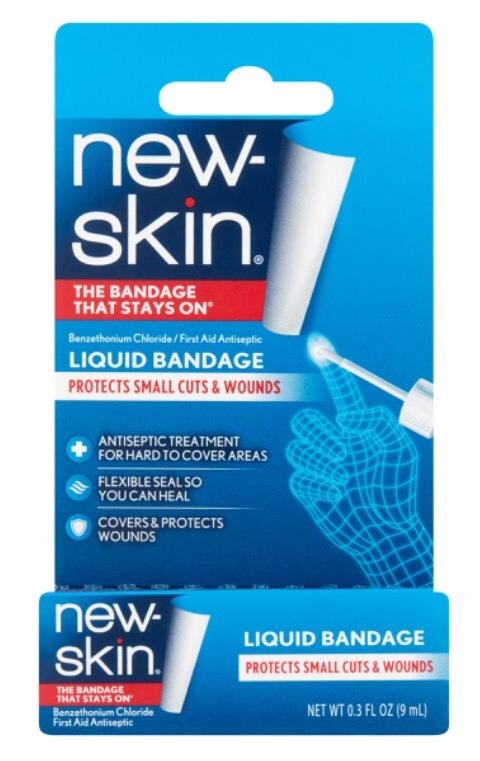
Recent progresses in antimycotic agents, especially oral antifungal agents, have made it possible to treat onychomycosis effectively, but these drugs cannot control and cure onychomycosis in 100% of the cases. 2 Besides having a high worldwide prevalence, onychomycosis is a public health concern because of its potential for the spread of fungal elements to others. The prevalence of onychomycosis has been estimated at 6.48% in Canada 1 and at more than 10% in Japan. Onychomycosis, which is the most common disease of abnormal nails, is characterized by fungal invasion of the nails. No recurrence was observed clinically at a 3-month follow-up visit. After PDT, the patient's lesion substantially improved, and no dermatophyte was detected by KOH or by culture. In case 2, the right first toenail was irradiated 6 times (total dose, 600 J/cm 2). No recurrence was observed clinically at a 6-month follow-up visit. They did not show clinical improvement after treatment ( Figure, B). The second and third toenails, which were used as controls, received only ALA or irradiation, respectively. No dermatophyte was detected on KOH or on culture. After the irradiation, the lesion substantially improved.

In case 1, the right first toenail was irradiated 7 times (total dose, 700 J/cm 2). Both patients had a feeling of some pain during irradiation, but it was tolerable and disappeared within a day. 5-Aminolevulinic acid PDT was performed once a week. Subsequently, the treatment site, including proximal and lateral nail folds, was irradiated both horizontally and vertically with pulsed laser light at a wavelength of 630 nm at 100 J/cm 2 using an excimer-dye laser (Hamamatsu Photonics KK, Hamamatsu, Japan). The production of protoporphyrin IX was also confirmed by spectrophotometer. The fluorescence was observed at the base of the nail and at the periphery of the onychomycosis lesion. Before PDT, ALA-induced protoporphyrin IX fluorescence in the nail was confirmed by UV irradiation. Then, a 20% solution of ALA methyl ester (Sigma-Aldrich Corp, St Louis, Missouri) in aqueous cream (Japanese Pharmacopoeia, Merck Hoei Ltd, Osaka, Japan) was applied to the treated nails, which were sealed with a piece of plastic film wrap and covered with aluminum foil to shut out the light for 5 hours. First, a 20% urea ointment (Keratinamin Kowa Pharmaceuticals, Nagoya, Japan) was generously applied directly to the diseased nail surface and covered with a piece of plastic film wrap for 10 hours.

Photodynamic therapy using 5-aminolevulinic acid (ALA) was administered to our patients. Shared Decision Making and Communication.Scientific Discovery and the Future of Medicine.Health Care Economics, Insurance, Payment.



 0 kommentar(er)
0 kommentar(er)
